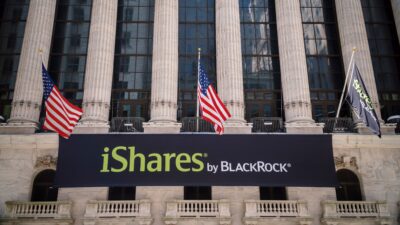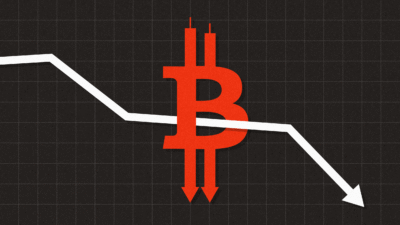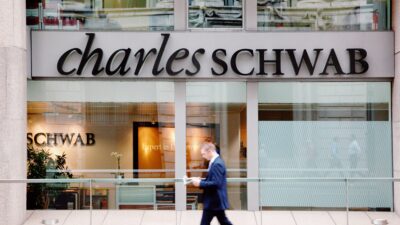Asset Managers Aren’t Playing the Dual Share Class Waiting Game
One firm is converting a $12 billion mutual fund to an ETF, and it isn’t alone in doing so before the SEC approves dual share classes.

Sign up for exclusive news and analysis of the rapidly evolving ETF landscape.
As Tom Petty sang, “the waiting is the hardest part.” For The Kinks it was, “So tired, tired of waiting. Tired of waiting for you.” Lou Reed, Cyndi Lauper, and Fugazi have also tackled the subject. Nobody particularly likes waiting.
For asset managers waiting for the Securities and Exchange Commission to approve dual share classes, that sentiment seems to apply. Even as the regulator is poised to act, numerous companies have converted mutual funds to ETFs. One of the biggest conversions, announced last week, is turning some heads: Akre Capital Management said its sole mutual fund, the $12 billion Akre Focus Fund, will switch to an ETF this fall, pending shareholder approval. The change will result in more tax efficiency, higher transparency, and lower fees, the company said.
The proposed conversion “is the best route forward for our shareholders,” John O’Bannon, director of the company’s institutional fund distribution, said in the announcement.
Can’t Hardly Wait
Last month, JPMorgan disclosed that its $1.2 billion Unconstrained Debt Fund would convert to an ETF, with assets moving in September to the JPMorgan Flexible Debt ETF, the new product. Another firm, Lazard, which added its first ETFs this year and is currently prepping more, converted its International Equity Advantage mutual fund to the Lazard International Dynamic Equity ETF last month. The company is also converting its US Systematic Small Cap Equity Portfolio to an ETF later this year.
Some of the other recent ETF conversions:
- Franklin Templeton announced plans last month to convert 10 municipal bond mutual funds from the Putnam Investments product line it acquired in 2024. Those funds would become ETFs in the fourth quarter of 2025 or first quarter of 2026.
- Thrivent similarly disclosed its intentions in May to switch its $330 million Core Small Cap Value and $27 million Mid Cap Value funds to ETFs in the fourth quarter of 2025.
Waiting Room: Waiting for the SEC’s approval of dual share classes might not be a great strategy for all firms, particularly if they don’t already have a strong line of ETFs but have been planning for a while to break into that space. And even with the advent of dual share classes, adding a mutual fund or ETF share class may not be easy for all issuers and their distribution partners, as fund investors must have brokerage accounts that allow them to receive shares of whatever vehicle a company moves to. “There are technology changes that have to occur at the asset manager side and the broker-dealer side to facilitate the ETF share class,” said Craig Kilgallen, relationship manager at Fuse Research Network. “The broker-dealers need to decide if this is the right way to go. It could create fiduciary issues if someone is in the fund and not the ETF.”











